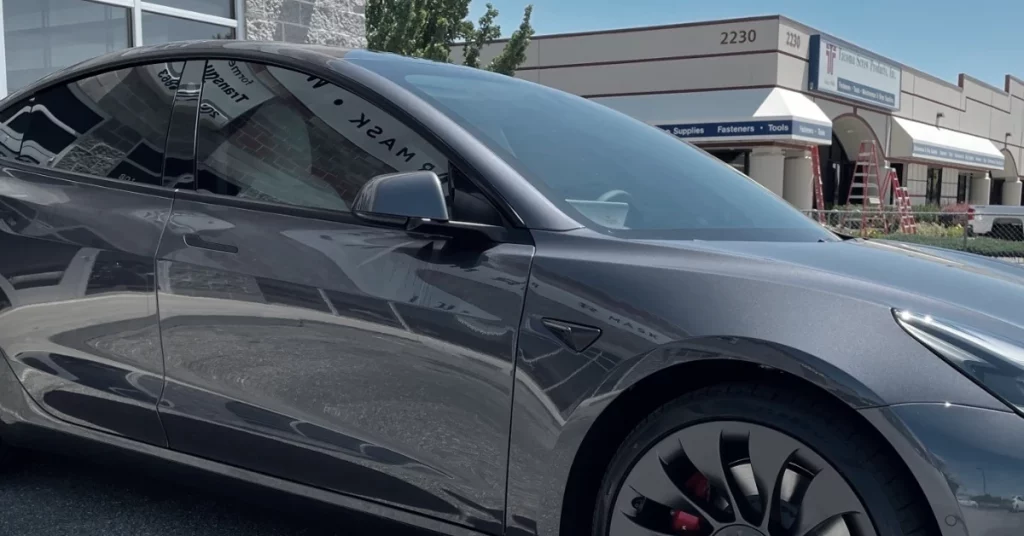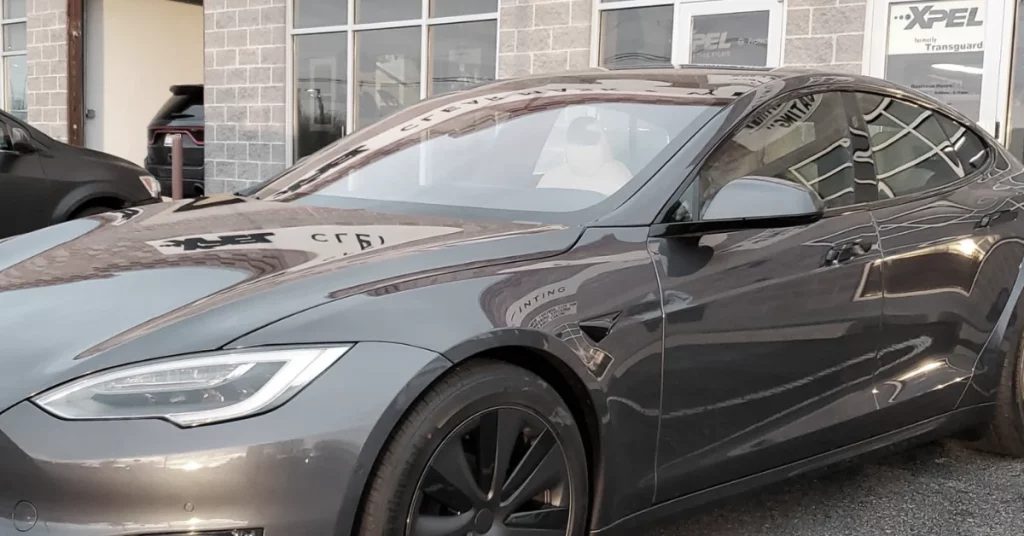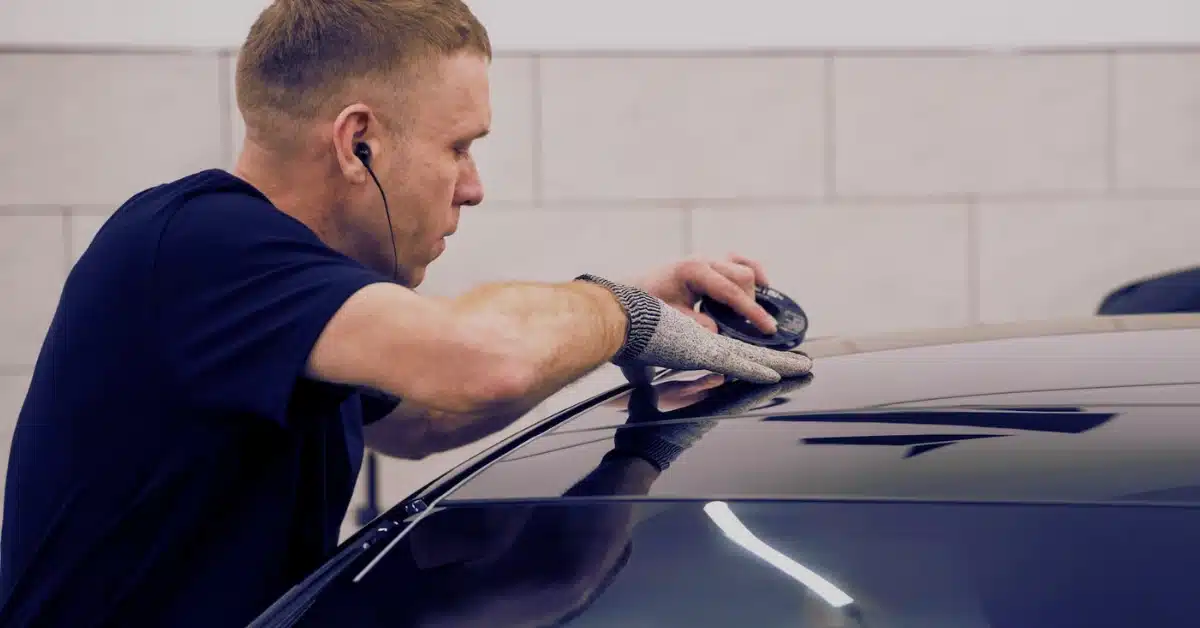XPEL is a top window tint brand. Sleek appearances combined with premium UV and heat protection have prompted many car owners to choose XPEL tints for their vehicles. But, which XPEL tint should you choose?
The XPEL XR vs. XPEL XR Plus is the most common dilemma potential customers have. Both XPEL Prime XR and the XPEL Prime XR share the same fundamental offerings. So, why spend the extra money on the XR Plus? That’s the question I’ll try to answer today.
Before we get into the differences, let’s go over the similarities between these two window films.
Read More: XPEL vs. 3M Window Tint
XPEL XR vs. XPEL XR Plus: How Are They Similar Window Tints?
Ceramic Particle Technology
XPEL has used ceramic particle technology in Prime XR and the Prime XR Plus. Ceramic is known to be highly heat resistant. Therefore, ceramic-treated tints are more heat resistant than regular dyed and metalized window films.

UV Ray Protection
The Prime XR and the Prime XR Plus come with an SPF (Sun Protection Factor) rating of 1000. To put that information into context, we should mention that the Skin Cancer Foundation recommends a minimum SPF of 30 in sunscreens.
So, you will get more than enough sun protection from these films. Both can bounce back 99% of the ultraviolet rays coming from the sun into the atmosphere. So, the car interior will stay cool even on the warmest summer days.
No Signal Interference
Some users might have had an unpleasant experience with low signal bars on their mobile phones and trouble listening to the radio. That will not happen with the Prime XR and Prime XR Plus.
Both of these films allow for unrestricted access to cellphone and radio signals. The exterior has been specifically engineered to reflect UV and infrared rays. Since mobile and radio signals have lower frequencies, the Prime XR and the XR Plus will not stop them.
Glare Reduction
I also found these two films to have similar glare-reducing properties. I did not look at the numbers at first, but when I did, I discovered that my intuition was right. Both the XR and XR Prime can reduce glare by 95%.
Read More: XPEL XR Black vs. XR Plus
XPEL XR vs. XPEL XR Plus: What Makes The XR Plus Better Window Tints?
The above section should give you the impression that the Prime XR is an excellent bargain. Yes, it is, but I’ll still tell you that the Prime XR Plus is worth the $150 you will pay for it. Why? Let me explain.

Better Heat Repellent
While the XPEL XR does a commendable job keeping the heat outside, the XR Plus kicks it up a notch. It has a unique blend of nanoceramic particles, giving it superior heat-repellent properties.
The XPEL XR Prime has a maximum infrared reflection rate of 96%. The XR, on the other hand, does not go above the 85% mark. The UV rejection is the same in both films, but the superior infrared reflection property makes the XR Plus better in heat rejection.
In terms of TSER (Total Solar Energy Rejected), the highest XR offering is 66%. The darkest Prime XR betters that by 5%. That means Prime XR films can reflect as much as 71% of solar energy.
Clarity
The XR offers more variety than the XR Prime when it comes to color choices. While the XR Prime is only available in black, you can buy the XR in blue and black variations. The blue tints are clearer than black XR and XR Prime tints.
But blue is not everyone’s cup of tea. Most owners prefer to go with black. If you compare the visibility of XR and XR Prime black tints, the latter gets the edge.
For example, the 35% XR Prime has a VLT (Visible Light Transmission) rating of 38%. In comparison, the 35% XR has a VLT rating of 36%. That means the XR Prime allows superior light access, despite having the same tint percentage.
Last Opinion
What makes the difference for the XR Plus in the XPEL XR vs. XPEL XR Plus debate? The XR Plus’s visibility and heat reduction abilities are a cut above the rest. Other than that, you will get a pretty good deal out of the base XR film if you feel the extra functionality in the XR Plus feels too nuanced.
I personally loved the XR Plus because I get to drive under sunny conditions more., So the heat factor was the big deal-breaker for me. I also love to have a better view of the road without reducing tint. XR Plus has been excellent at that as well.





